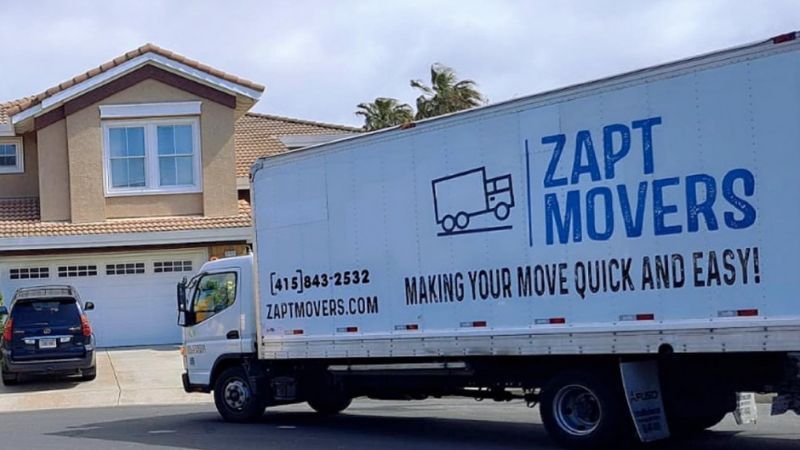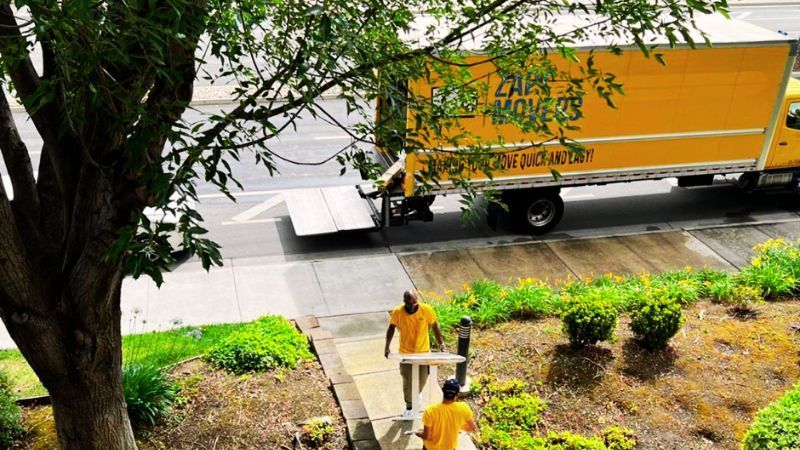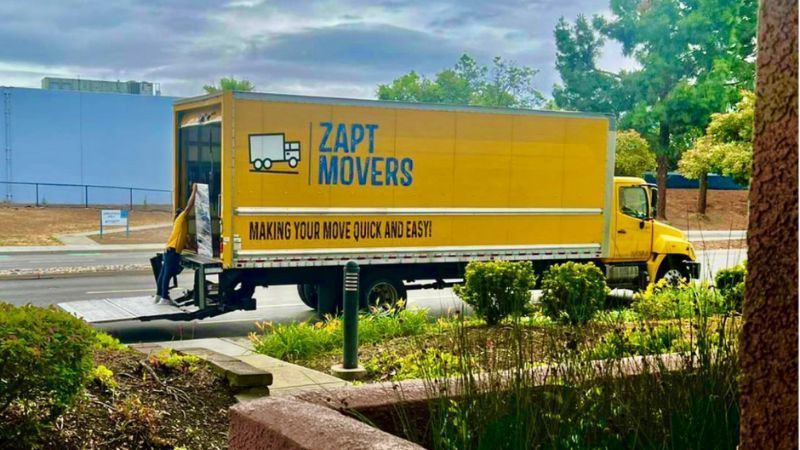Navigating SF’s Cable Car System: Tips for Recent Transplants
Get a free Moving Quote
San Francisco, the cultural heart of Northern California, is not just known for the Golden Gate Bridge or its rich history of the gold rush. It is also home to the iconic cable car system. Navigating SF’s cable car system after the experts of Zapt Movers CA complete the task will be a unique experience. It isn’t just offering a mode of transportation but also a nostalgic ride through time. In order to make the best of it, here are some steps you can take.
Know your options when it comes to the cable car system
San Francisco’s cable car system boasts a variety of routes that cater to different needs and preferences. The system is operational daily, from 7:00 am to 10:30 pm. On an average day, they cruise the city streets every 10 minutes, with slight variations in the morning and evening. After the residential movers San Francisco locals rely on complete the move, one of the first things to do is to know how to commute with public transport. Although there’s the handy app, NextBus, which provides timely updates on buses and streetcars, it doesn’t support cable cars. However, a unique sight for visitors is the way these means of transport accumulate at the endpoints, despite the waiting passengers. This is not a mere waste of time. It’s about adhering to the schedule and coordinating with other lines sharing the same track.
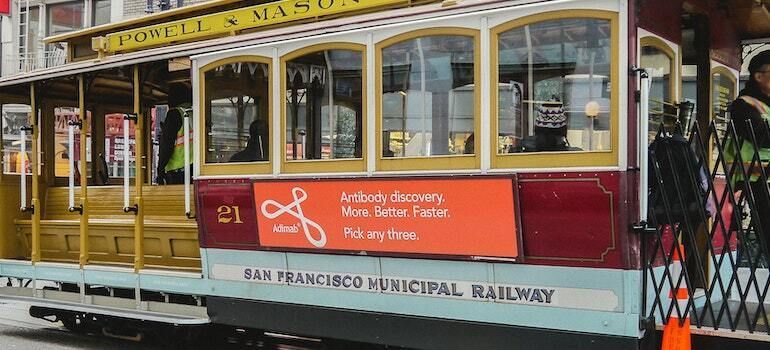
Research about the transit information
To move seamlessly around SF, always ensure you have the latest transit information. While physical maps at stations provide guidance, online platforms and mobile apps, like the aforementioned NextBus, can be even handier for real-time planning. However, for cable cars, you can have a somewhat different approach. When the long distance movers San Francisco residents recommend unpacked your last box, you might feel strange about using this method of transportation because of its uniqueness. However, they get around very often as the lines aren’t as long, and there are several of them operating at the same time.
Payment of fares
Riding the cable car comes at a cost which is $8 for a single ride. Seniors above 65 have a discounted fare of $4 during non-peak hours. Important to note, transfers aren’t provided. The payment process is user-friendly. Two individuals operate the vehicle. Where one, the grip person, manages the car, and the other handles the payment. Payment can be made using cash, the MuniMobile app, the Clipper Card, or you can buy a 1-day visitor passport, and you’ll be able to ride them for the whole day.
Analyze stops to navigate easier around SF
Of course, every time you try navigating SF’s cable car system, you want to make it as useful as possible. For that reason, even if local movers San Francisco based have just moved you, it’s still necessary to do some research. Three prominent routes serve the city, including:
- The Powell-Hyde Line – offers breathtaking views of Lombard Street, Coit Tower, and Alcatraz. It connects Market Street to Fisherman’s Wharf.
- The Powell-Mason Line – runs between Market and Powell to Bay and Taylor Streets. It offers scenic views of the Transamerica Pyramid and goes through North Beach.
- The California Line – stretches from Market Street to Van Ness St. and climbs the daunting Nob Hill, introducing you to iconic sites like Grace Cathedral and the Mark Hopkins Hotel.
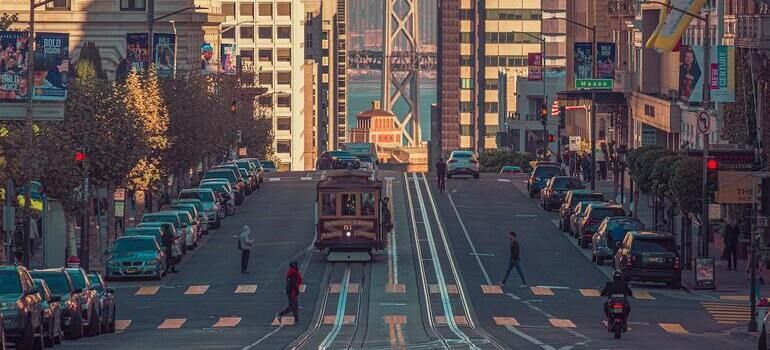
Know how to act in a cable car
Riding a cable car is different from hopping onto a bus. Most passengers board from the endpoints. Choosing the right spot, especially if you’re particular about seating, requires a bit of strategy. To board from other stops along the route, wave to the conductor from about half a block away. While getting off, remember to notify the grip man in advance and always be wary of the traffic. Overall, where you’ll sit or if you’ll have to stand will largely depend on the time of day and how busy the traffic is.
Learn about the history of SF’s cable cars
The inception of SF’s cable cars dates back to 1869 , an invention by Andrew Hallidie. What began as an efficient transportation system post the tragic mishap of horse-pulled street cars soon spread to other cities. The devastating earthquake of 1906 marked a decline in their usage, with electric streetcars taking over. However, the persistence of the city’s residents saved these iconic cars from becoming history. Today, these historic cable cars not only serve as a medium of transport but also as a testament to San Francisco’s rich heritage.
Check out the museum before navigating SF’s cable car system
Before you delve into the actual experience of riding cable cars, consider paying a visit to the Cable Car Museum. This free-entry museum includes the Cable Car Barn. Alongside displaying historic vehicles, the museum offers insights into the functioning of the entire cable car system. When the furniture movers San Francisco dwellers endorse complete the job around your home, it’s a great way to spend some time having fun and educating yourself. Above all, it’s a peek into the past that sets the stage for the journey ahead.
Enjoy them as a tourist attraction too
Cable cars in San Francisco have been more than just a mode of transportation. Their existence and continued operation offer a link to the city’s past, serving as a reminder of the transportation challenges of the past and the innovative solutions developed to address them. As icons of San Francisco, cable cars have long been a muse for artists. From photographers capturing their daily hustle and bustle against the city’s picturesque backdrop to filmmakers using them in classic movies, these cars have become an indelible part of the city’s artistic heritage.
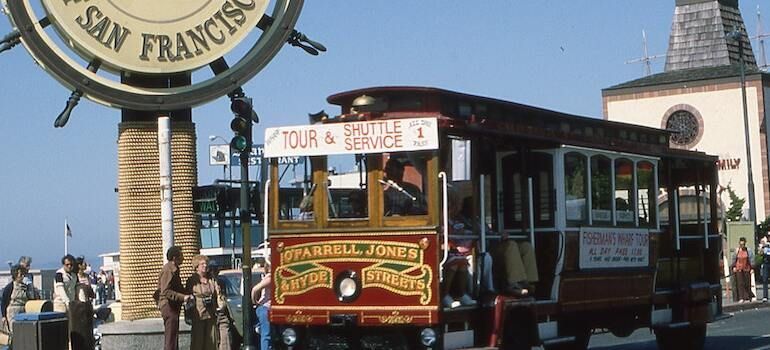
As the city celebrates the 150th anniversary of cable cars, there are unique opportunities for locals and visitors alike. Not just content with riding the current lines, enthusiasts can experience lines that no longer exist, offering a real connection to the past. The chance to tour the shop where these iconic vehicles are built and maintained is a rare glimpse into the craftsmanship and dedication that goes into keeping this tradition alive. With a bunch of 150th anniversary events available, it’s expected that you will be able to experience plenty of exhibitions and other special attractions centered around cable cars. Given the dynamic nature of such celebrations, it’s always a good idea to keep an eye out for updates.
Get around SF easier with the help of cable cars
Navigating SF’s cable car system is more than just a transportation solution in the city. It’s also an experience that allows new residents and tourists alike to embrace the city’s charm and history. Overall, it’s a very unique and fun experience to ride cable cars around SF. For that reason, we always recommend using them as they can be both very useful and provide a different experience to other public transportation means. With the right information and a sense of adventure, you’re set to explore San Francisco like never before!
References:
The post Navigating SF’s Cable Car System: Tips for Recent Transplants appeared first on Zapt Movers.
Recent Posts

